Brackish lakes are characterised by their unique blend of saltwater and freshwater. It creates ecosystems that support a wide range of flora and fauna. The brackish lakes in India not only preserve biodiversity but also provide a breeding ground for migrating birds and marine life. Several brackish lakes in India have also become culturally important, interwoven with local traditions, religious beliefs and livelihoods. Ranging from India’s largest coastal lagoons to obscure estuarine wetlands, these lakes are always filled with scenic beauty, adventure activities and rich ecology.
Top 12 Brackish Lakes In India
If you love nature, enjoy birdwatching or seek unique travel spots, these brackish lakes in India will surely captivate you:
1. Chilika Lake
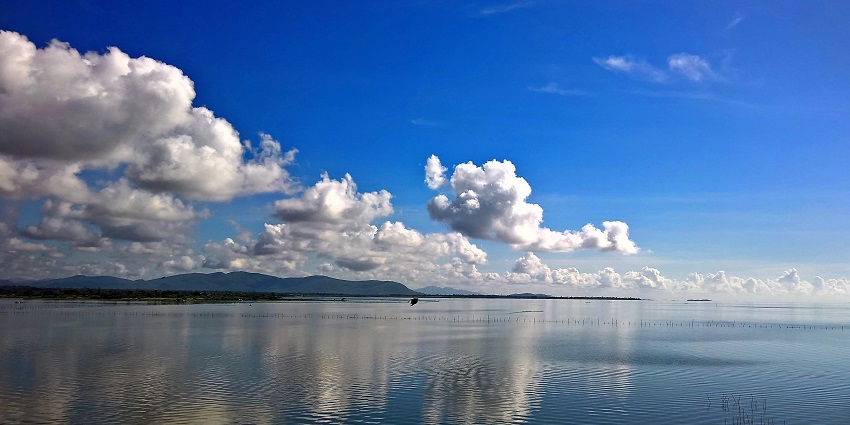
Photo: Pratyush Jena / Wikimedia Commons
Chilika, on the border of Odisha and Andhra Pradesh, is the largest brackish water lake in India. Inscribed as a Ramsar Wetland, Chilika is a biodiversity hotspot that is home to over 160 species of birds, such as flamingos, pelicans and kingfishers. The lake is also home to Asia’s largest population of Irrawaddy dolphins. The lake’s unusual ecosystem, which includes mudflats, islands and estuarine wetlands, is a critical breeding ground for fish and migratory birds. Thousands of birds flock here every winter at Nalabana Island, a bird sanctuary that is amazing for bird-watching.
Location: Odisha
Best Time To Visit: November to February
Suggested Read: Things To Do In Chilika Lake
2. Pulicat Lake
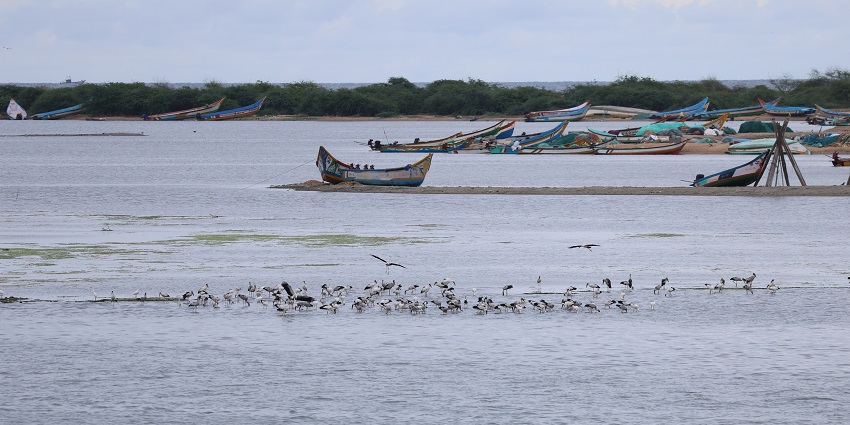
Photo: Ganesh Mohan T / Wikimedia Commons
Pulicat Lake is located along the borders of Andhra Pradesh and Tamil Nadu. It is the second-largest brackish lake in India’s water lagoon. The lake covers an area of about 450 square kilometres and lies beyond Sriharikota Barrier Island. An attraction of Pulicat Lake is the Pulicat Bird Sanctuary, which attracts thousands of flamencos, pelicans, painted storks and avocets during the winter migration season. The Flamingo Festival, celebrated each January, draws birdwatchers and wildlife lovers from around the nation. In addition to its rich avian biodiversity, Pulicat Lake is important for fishing communities in the area.
Location: Andhra Pradesh and Tamil Nadu
Best Time To Visit: October to March
3. Vembanad Lake
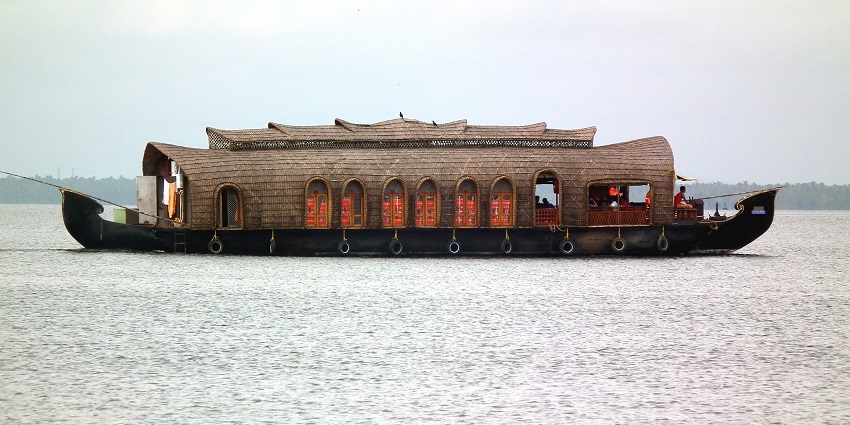
Photo: Ramesh NG / Wikimedia Commons
Stretched across the districts of Alappuzha, Kottayam, and Ernakulam, Vembanad Lake is the longest brackish lake in India. It is Kerala’s largest backwater system at around 96 kilometres. There are houseboat cruises where you can explore Kerala’s tranquil backwaters and charming villages. Its shores hold the Kumarakom Bird Sanctuary, which draws migratory birds like herons and egrets, as well as Siberian cranes. Another highlight of the lake is the Nehru Trophy Boat Race, an annual event also known for its native snake boat races in Kerala. Vembanad is an integral part of Kerala’s booming tourism sector, with luxury houseboat stays, Ayurvedic spa resorts, and picturesque sunset cruises.
Location: Kerala
Best Time To Visit: September to March
Suggested Read: Longest Lake In Kerala & Its Attractions
4. Ashtamudi Lake
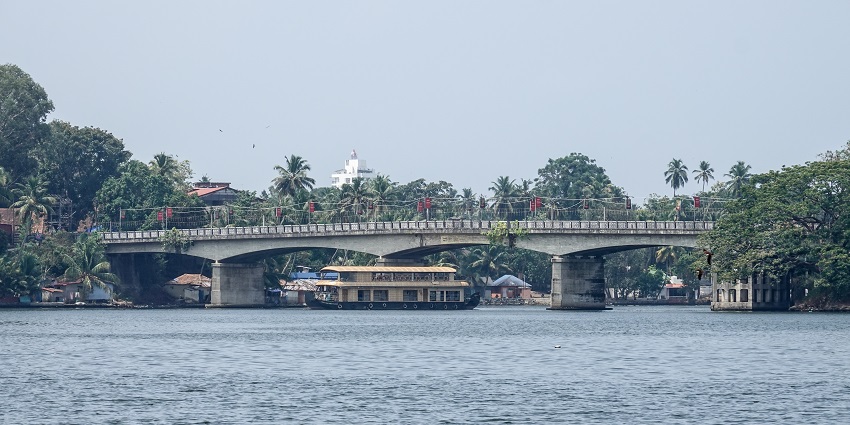
Photo: Timothy A. Gonsalves / Wikimedia Commons
Ashtamudi Lake, from the Malayalam word for “eight coned” lake, is the second largest brackish water lake in Kerala, situated in the Kollam district. This beautiful lake is a gateway to Kerala’s backwaters, with stunning views of palm-fringed shores and traditional Chinese fishing nets. Local fishermen thrive off of the biodiversity found in the lake, from mangrove forests to diverse aquatic species and birdlife. The lake is also an integral part of Kollam’s coir industry, in which artisans weave products from coconut husk fibres. You can also navigate Munroe Island, a series of small islets in the lake that offer narrow canals, rustic villages and canoe rides.
Location: Kerala
Best Time To Visit: October to March
5. Kaliveli Lake
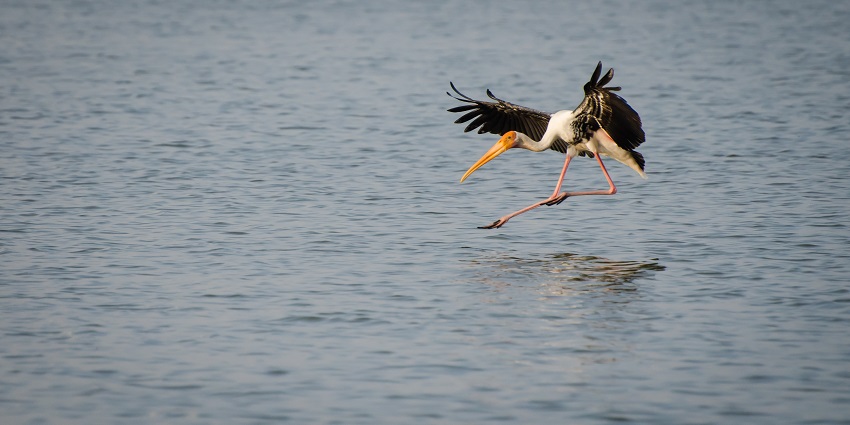
Photo: Deepak Sundar / Wikimedia Commons / Image For Representation Only
Located near Puducherry, Kaliveli Lake is one of the largest brackish water lakes in Tamil Nadu. Spanning 750 square kilometres, it is a seasonal coastal wetland that receives freshwater during the monsoons and connects to the Bay of Bengal via the Yedayanthittu estuary. This lake is one of the most important biodiversity hotspots. It is a nesting ground for flamingos, painted storks, spoonbills, and black-headed ibises. Thousands of birds winter here, making it a paradise for birdwatchers and wildlife photographers. Kaliveli also holds importance for local fishing communities. Water levels change seasonally, promoting many marine and estuarine species. You can enjoy nature walks, village tours, and birding excursions.
Location: Tamil Nadu
Best Time To Visit: November to February
Suggested Read: Artificial Lakes In Tamil Nadu
6. Manakudy Estuary
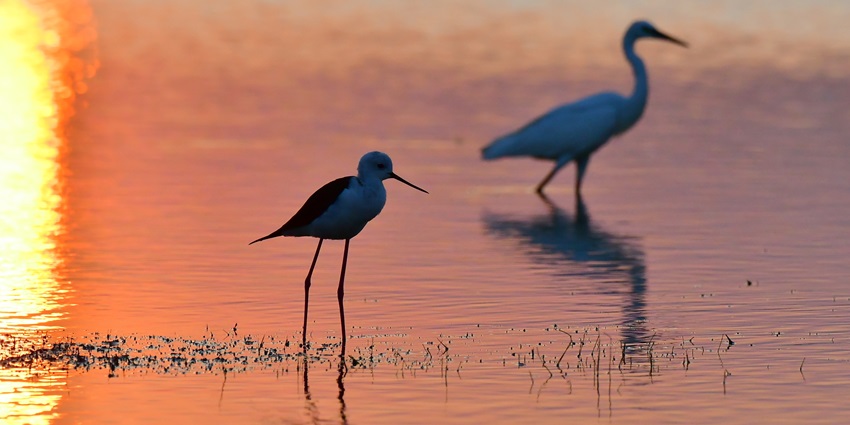
Photo: Aneesh K S / Shutterstock / Image For Representation Only
Manakudy Estuary, located near Kanyakumari in Tamil Nadu, is a scenic brackish water lake in India where the Pazhayar River meets the Arabian Sea. The area is surrounded by lush mangroves and is a thriving habitat for migratory birds such as herons and egrets. Local fishermen depend on its rich fish and prawn population. The estuary also helps balance coastal ecosystems by filtering seawater and river water. Its calm environment and ecological importance make it a hidden gem for nature enthusiasts.
Location: Kanyakumari, Tamil Nadu
Best Time To Visit: October to March
7. Pichavaram Mangrove Lake
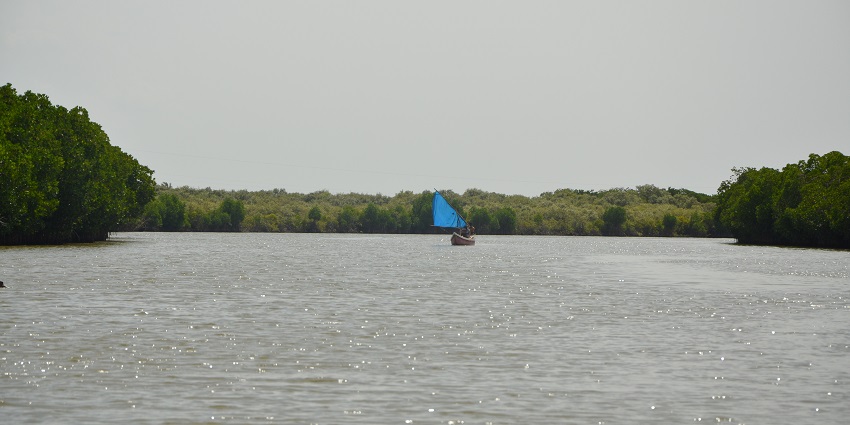
Photo: Ashwin Kumar / Wikimedia Commons
The Pichavaram Mangrove Lake near Chidambaram is one of India’s largest mangrove ecosystems, with brackish water canals, dense mangrove forests and small islands. Separated from the Bay of Bengal by a narrow sandbar, the lake is critical for coastal protection and rich in marine biodiversity. This mangrove wilderness is home to over 200 species of birds, including herons, cormorants, egrets and kingfishers. Mangroves, which grow in knee-deep brackish water and have unusual root systems, make for a surreal-looking landscape. You can navigate the maze of waterways by kayak or via motorboat.
Location: Tamil Nadu
Best Time To Visit: November to February
Suggested Read: Things To Do In Pichavaram
8. Bhitarkanika Mangrove Wetlands
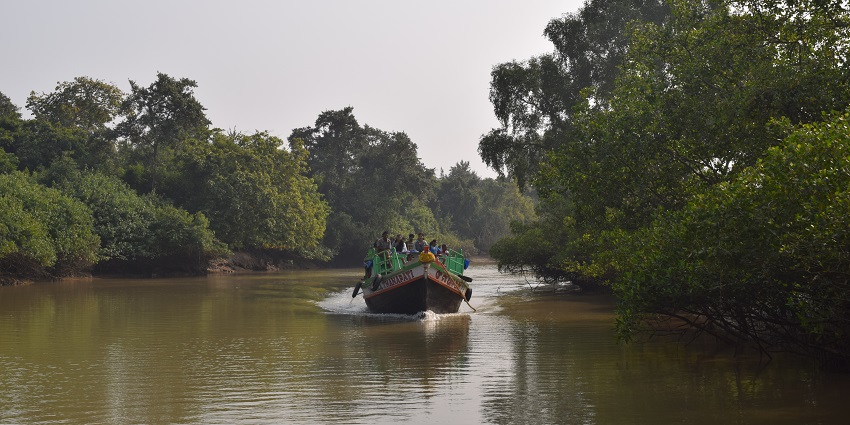
Photo: Smitha G S / Wikimedia Commons
The Bhitarkanika Mangrove Wetlands is a brackish water ecosystem in the Kendrapara district of Odisha. Here three rivers, Brahmani, Baitarani and Dhamra, meet the Bay of Bengal. This sprawling system of wetlands includes creeks, estuaries and tidal rivers. This makes it a perfect habitat for mangroves, saltwater crocodiles and migratory birds. Bhitarkanika is known for its distinctive biodiversity. It is home to the world’s largest population of saltwater crocodiles, rare king cobras, mudskippers, otters, and fiddler crabs, among other species. You can travel through Bhitarkanika on boat safaris amidst thick mangrove forests filled with life.
Location: Odisha
Best Time To Visit: October to March
9. Vashishti Estuary
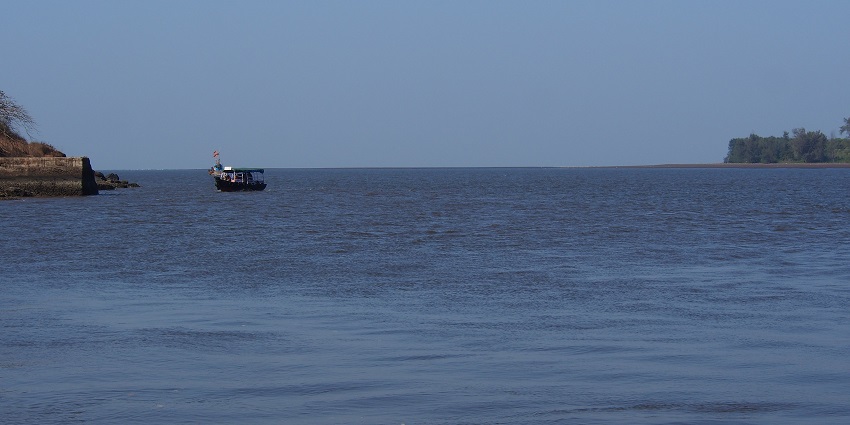
Photo: Pradeep717 / Wikimedia Commons
Vashishti Estuary is the brackish water estuary of the Vashishti River along Maharashtra’s Konkan Coast. The site is ecologically significant, as it is encircled by tidal mudflats and mangrove forests. The estuarine habitats are rich in marine biodiversity and known to house species such as mangrove crabs, mudskippers, otters, and saltwater fish. It is also a breeding place for many migratory birds and a great place for birdwatching and eco-tourism. You can navigate the estuary via boat rides, fishing expeditions and guided nature walks.
Location: Maharashtra
Best Time To Visit: November to February
Suggested Read: Lakes In Maharashtra
10. Pangong Tso
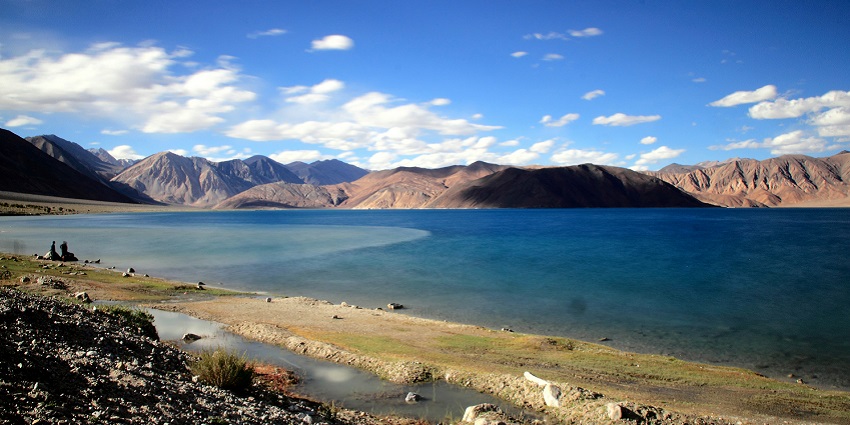
Photo: Fulvio Spada / Wikimedia Commons
Pangong Tso lake in Ladakh, a stunning high-altitude lake, is a brackish water lake in the Himalayas, sitting at an altitude of 4225 m (13,862 ft) above sea level. The length of the river is 134 km, with 60% of its area in Tibet (China) and 40% in India. Famous for its colour changing, Pangong Tso can throw back blue, green and even red colours depending on the time of the day. Though fish are absent, the lake supports microbial life, and its brine sustains small crustaceans that draw in migratory birds from the region. Bollywood films like “3 Idiots” invited attention to Pangong Tso, which is now a mainstay in the itinerary of most tourists.
Location: Ladakh
Best Time To Visit: May to September
11. Point Calimere Wetlands
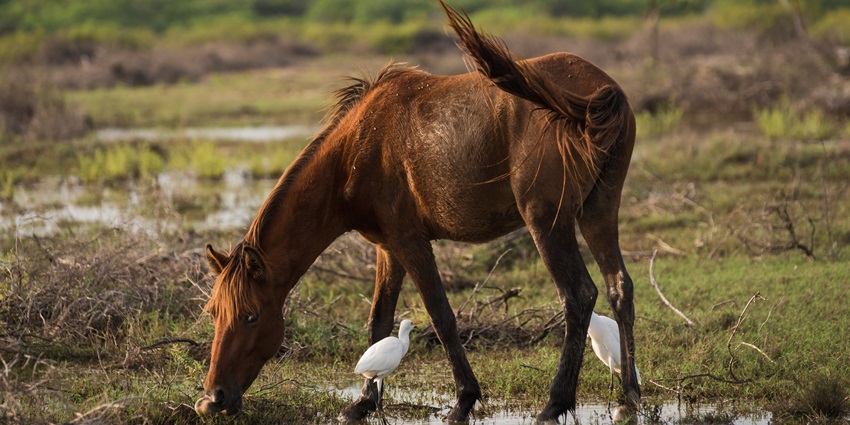
Photo: IK Fotos / Shutterstock
The Point Calimere Wetlands in Tamil Nadu form a significant brackish water lake in India, created by the mixing of seawater and freshwater streams. This Ramsar site is renowned for its flamingo population and vast stretches of salt marshes and mudflats. The area is part of the Point Calimere Wildlife and Bird Sanctuary, which protects rare species like the blackbuck and migratory shorebirds. Its unique landscape offers both ecological balance and visual beauty, making it a key spot for birdwatchers and researchers alike.
Location: Tamil Nadu
Best Time To Visit: October to March
Suggested Read: The Major Lakes In India
12. Godavari Estuarine Lake
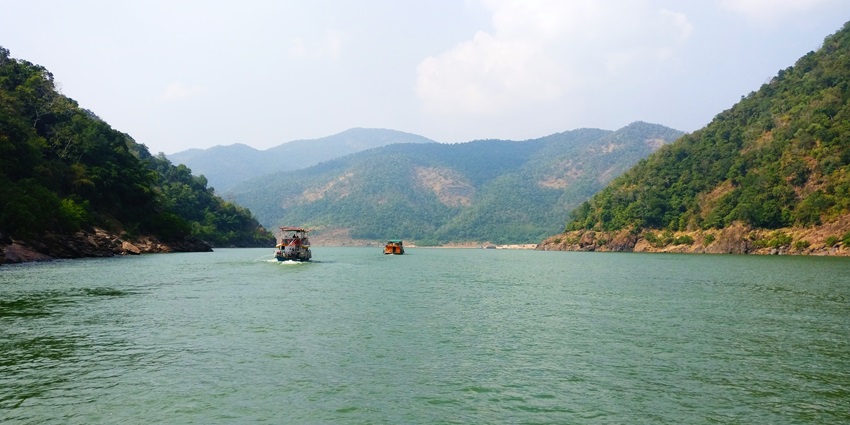
Photo: Sunadh kappala / Shutterstock
The Godavari Estuarine Lake, located near the delta region of Andhra Pradesh, is a naturally formed brackish water lake in India where the mighty Godavari River meets the Bay of Bengal. This vast estuarine zone is rich in aquatic life, supporting diverse fish, prawn, and crab species. It also plays a crucial role in maintaining coastal ecology by acting as a buffer against floods and saltwater intrusion. The lake’s mangrove forests attract numerous migratory birds, adding to its environmental and scenic significance.
Location: Andhra Pradesh
Best Time To Visit: June to September
Brackish lakes are among the most ecologically and culturally important bodies of water in India, acting as biodiversity hot spots, fishing centres and tourist spots. The brackish lakes in India play an essential role as a habitat for migratory birds, marine fauna and local communities, both ecotourism and traditional livelihoods. Sailing these brackish lakes provides stunning birdwatching, houseboat stays, mangrove forays and robust cultural experiences. Plan your visit with TripXL and experience the Indian waters.
Cover Photo: Aranyaparva / Wikimedia Commons


 WhatsApp
WhatsApp
 Twitter
Twitter









